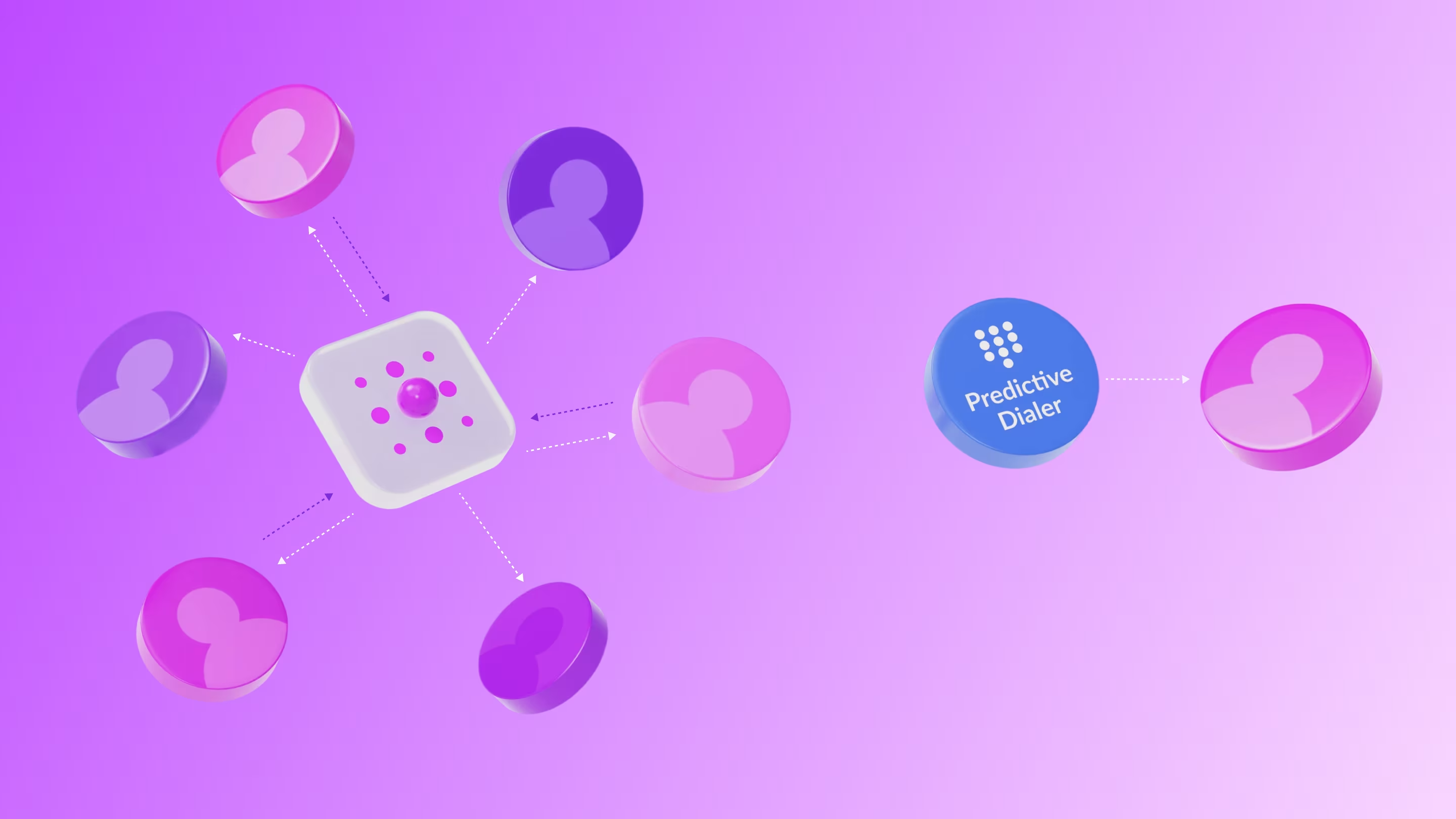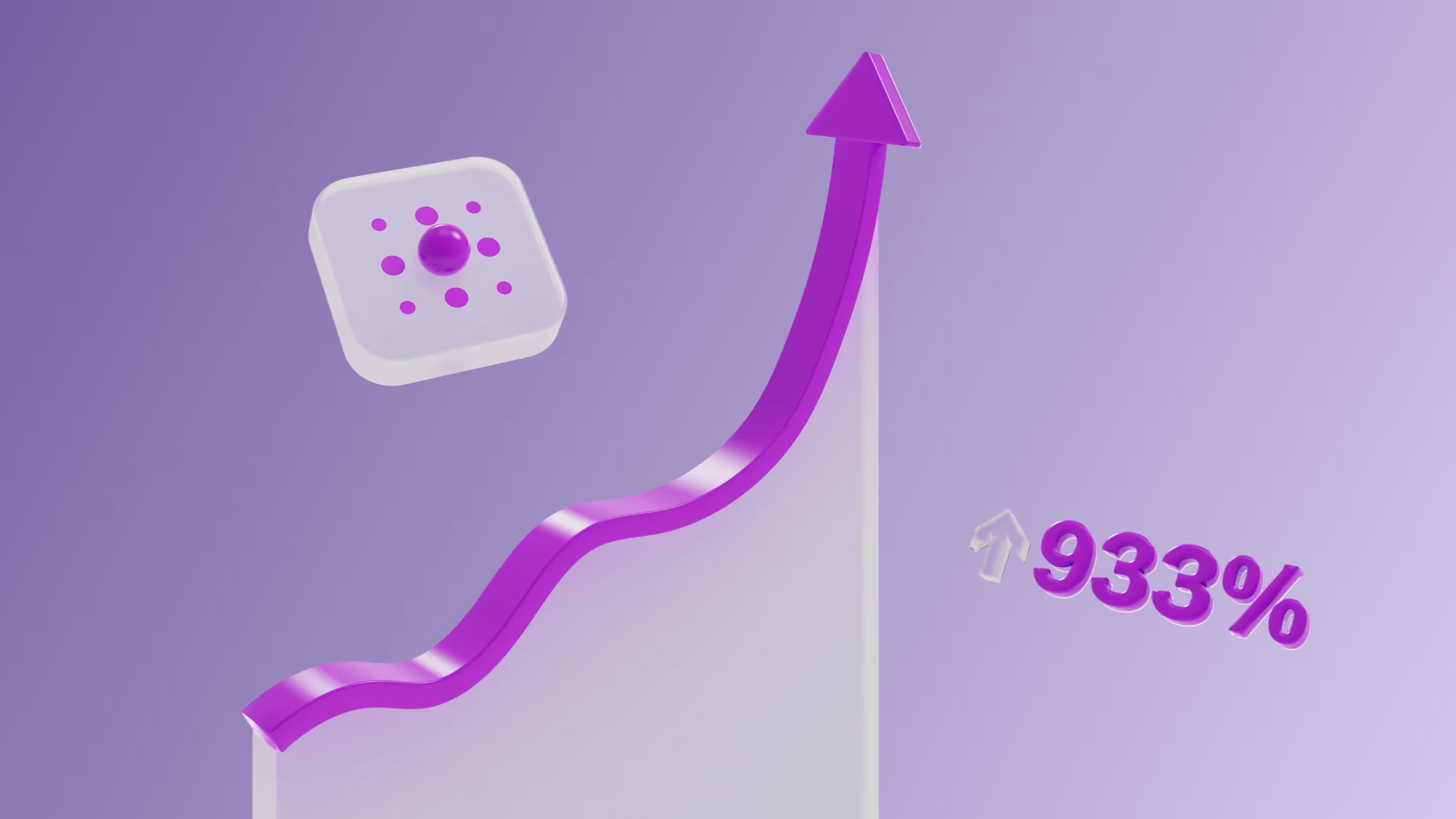Stop Letting SDRs Warm Up on Your Best Prospects: 2 Smarter Uses for Sales Chatbots

Your SDRs are burning your best prospects before 9am.
Not because they are bad at their jobs, but because they are human. First thing in the morning their voices are cold, their brains are still spinning up, and those early dials are rough.
Most teams accept that as “just how it is.”
At the same time, a lot of sales orgs already use chatbots in some capacity. Usually for:
- Onboarding new reps
- Objection handling practice
- Sharpening talk tracks and messaging
All good use cases. Keep those.
But if that is where your use of sales chatbots stops, you are leaving a lot of value on the table. There are two less common use cases that are especially useful for SDR managers and AE leaders who want better performance from the team they already have.
This post walks through both, plus some quick steps to get started.
What are sales chatbots for SDR teams?
When I say “sales chatbots,” I am not talking about the generic widget on your website that pops up and asks if someone needs help.
I am talking about a conversational bot you can tune to act like a real prospect:
- It can play the role of a curious director, a skeptical VP, or a rushed IC.
- It can throw objections and questions at your SDRs.
- It can respond to their pitch, discovery questions, and closing attempts.
Think of it as a safe environment where reps can practice live conversations without risking real pipeline.
Once you treat a chatbot as a “simulator” instead of a toy, a whole set of new use cases opens up.
Use Case 1: The morning “rust remover”
The first 30 minutes of your team’s day quietly shape your results.
For many SDRs, that window looks like this:
- Coffee in hand, tools open, list loaded
- A few awkward intros to start
- Stumbling through the first objections
- Only finding their rhythm 20 or 30 dials in
The problem is simple. Those warm up dials are usually landing on high value accounts.
Instead of letting your reps warm up on real prospects, give them a 10 minute “rust remover” routine with a sales chatbot.
Here is what that can look like in practice:
- Run 3–5 mock conversations
Have the bot play different personas your team sees often. One curious, one skeptical, one rushed. Reps should practice getting through the first 30–60 seconds and earning the right to keep talking. - Practice intros and openers
Intros and permission-based openers are where a lot of calls die. Use the chatbot to try three versions in a row and see what flows best. Reps can tweak tone, pacing, and wording until it feels natural. - Take real objections on the chin
Load the bot with the top objections your team faces:
- “We already have a vendor.”
- “Just send me an email.”
- “No budget this quarter.”
- “We already have a vendor.”
- Make your reps handle them three times before they pick up the real phone.
After 10 focused minutes, your SDRs have already:
- Spoken out loud
- Handled objections
- Settled into their talk track
Now when they hit the live list, the awkwardness is gone. They are sharp instead of stiff, and your best prospects are not getting their first attempt of the day.
If you care about connect-to-meeting conversion, this is low effort, high leverage.
Use Case 2: Using chatbots in your interview process
Hiring SDRs and AEs is still heavily built around questions like:
“Tell me about a time when you overcame an objection.”
“Walk me through your sales process.”
You get polished stories. You do not see how they actually behave in the moment.
Sales chatbots give you a simple way to change that.
Here is one way to use them in your interview process:
- Create a “prospect” bot for your ICP
Tune the chatbot to act like a typical prospect your team sells to. Give it a short brief:
- Role and seniority
- Company size and industry
- Common pains and objections
- Role and seniority
- Send candidates a link and clear instructions
Ask SDR and AE candidates to:
- Run a 5–10 minute simulated conversation
- Treat it as a live call
- Record their screen or camera while they do it
- Run a 5–10 minute simulated conversation
- Review the interaction with specific criteria
You are not looking for perfection. You are trying to see their instincts:
- How they open the call
Do they sound confident, respectful, and clear? Or are they rambling and apologetic? - How they react when things get weird
Do they freeze when the “prospect” pushes back, or do they stay calm and curious? - How they structure discovery
Are they just pitching, or are they asking smart questions and listening? - Whether they can actually close
Do they clearly ask for time, next steps, or a meeting?
- How they open the call
What you get from this is a real-time signal. Not a story about what they did two jobs ago, but an example of how they think on a random Tuesday.
For a role that lives and dies by live conversations, that signal is gold.
How to get started with sales chatbots for your team
If you want to put this in place without overcomplicating it, start small.
- Pick one chatbot tool and one persona
Choose a chatbot platform your team can access easily. Create a single “prospect” profile that reflects a core segment you sell to. - Write a short script for the bot’s behavior
Include:- Role and context
- 3–5 main pains
- 5–7 likely objections
- A rough sense of how skeptical or open they should be
- Role and context
- Roll out a simple morning routine
Make the “rust remover” optional for week one but model it with a few top performers. Once people see the effect, it is easier to make it a norm. - Pilot the interview use case with one open role
Add the chatbot exercise as a final or mid-stage step for candidates. Refine your review criteria after you watch the first few recordings.
You do not need a huge program or a dozen personas to see value. Even a basic setup can improve call quality and hiring quality.
FAQ: Sales chatbots for SDR training
Do we need custom development to do this?
No. Most modern chatbot platforms let you configure behavior with prompts and settings. Start there before you think about anything custom.
How often should reps use the chatbot?
A short daily warm up is enough. Think 5–10 minutes, not an hour. The goal is to loosen up, not replace live activity.
Will reps take it seriously?
If leadership treats it like a joke, they will too. If managers use it, reference it in coaching, and tie it to better outcomes, reps will follow.
Sales chatbots are already good for training and onboarding. But if you use them to remove morning rust and level up your interview process, they start to look less like a toy and more like part of your core system for building a high performing outbound team.







